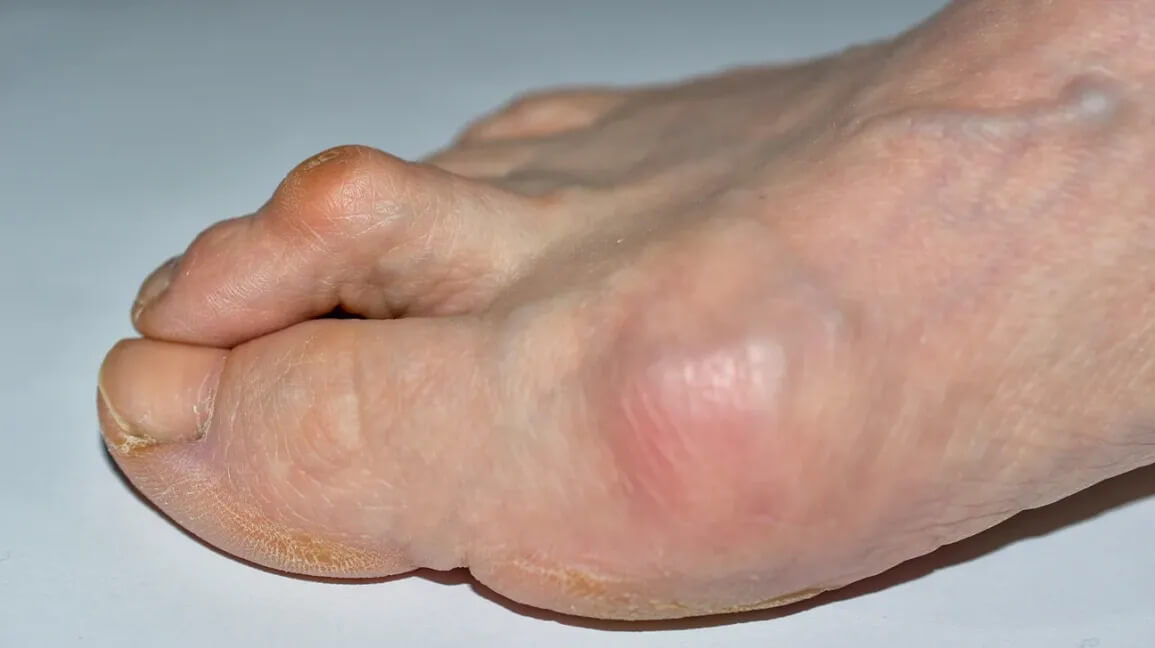Hammer Toe: Understanding the Bent Toe Blues and Finding Relief
Hammer toe, a common foot deformity, can cause pain, discomfort, and even limit your ability to walk comfortably. This condition occurs when one or more toes bend downward at the middle joint, resembling a hammer. While it can affect any toe, the second and third toes are most commonly affected.
This article delves into the world of hammer toe, exploring its causes, symptoms, treatment options, and prevention strategies. By understanding this condition, you can take control of your foot health and find ways to keep your toes happy and straight.
What Causes Hammer Toe?
Several factors can contribute to the development of hammer toe. Here’s a breakdown of the most common culprits:
- Improper Footwear: Cramming your feet into shoes that are too tight, narrow, or high-heeled can put undue pressure on your toes, forcing them to bend unnaturally. This prolonged pressure stretches the tendons in your toes, causing them to contract and pull the toes downward.
- Arthritis: Rheumatoid arthritis and osteoarthritis can weaken the joints in your toes, making them more susceptible to deformity.
- Genetics: Some people are simply predisposed to hammer toe due to the inherited structure of their feet. Factors like long toes or a high arch can increase the risk.
- Trauma: Injuries to the toes, such as fractures or dislocations, can disrupt the alignment of the joints, leading to hammer toe development.
- Medical Conditions: Certain medical conditions, such as bunions, diabetes, and neuromuscular disorders, can also contribute to hammer toe formation. (H3)
Recognizing the Signs of Hammer Toe
Early detection of hammer toe is crucial for effective treatment. Here are some key signs to watch out for:
- Bent Toe Appearance: The most obvious sign is a toe that bends downward at the middle joint, resembling a hammer.
- Pain and Discomfort: Hammer toe can cause pain, especially when wearing shoes that press on the deformed joint. You might also experience pain when walking or putting pressure on the affected toe.
- Corns and Calluses: The constant friction between your toes and your shoes can lead to the formation of corns and calluses on the top of the bent joint or on the tip of the affected toe.
- Stiffness and Difficulty Bending: As the condition progresses, the toe joint might become stiff, making it difficult to bend or straighten the toe.
- Limited Range of Motion: In severe cases, the toe might become permanently fixed in a bent position, impacting your walking ability and overall foot function.
Treatment Options for Hammer Toe
The good news is that hammer toe is often treatable, especially when addressed early on. Here’s a look at different treatment approaches:
Conservative Treatments:
- Shoe Changes: Switching to shoes that fit properly can significantly improve your condition. Opt for wide, deep shoes with a roomy toe box to accommodate your toes without causing any pressure.
- Padding and Splinting: Padding around the affected toe can help reduce pressure and friction. Splints or toe separators can also be used to gently realign the joint, especially during the early stages of hammer toe formation.
- Exercises: Specific exercises can help strengthen the muscles in your feet and improve toe flexibility, potentially slowing down the progression of the deformity.
- Over-the-Counter (OTC) Medications: Pain relievers like ibuprofen or acetaminophen can help manage the pain associated with hammer toe.
Surgical Intervention:
In severe cases where conservative treatments fail to provide relief, surgery might be an option. Here are some surgical procedures considered for hammer toe:
- Tendon Lengthening: This procedure involves cutting and lengthening the contracted tendons in the toe to allow the joint to straighten.
- Tendon Transfer: In some cases, a tendon from another part of the foot might be used to replace or reinforce a weakened tendon in the affected toe.
- Joint Fusion (Arthrodesis): This surgery involves permanently fusing the bones in the affected joint to prevent further deformity. While it eliminates pain, it also reduces toe flexibility.
- Joint Resection: In extreme cases, the surgeon might remove part of the bone from the affected joint to allow for better alignment.
Choosing the Right Treatment:
The best treatment for you will depend on the severity of your hammer toe, your overall health condition, and your activity level. Consulting a podiatrist, a foot and ankle specialist, can help you determine the most appropriate treatment course.


